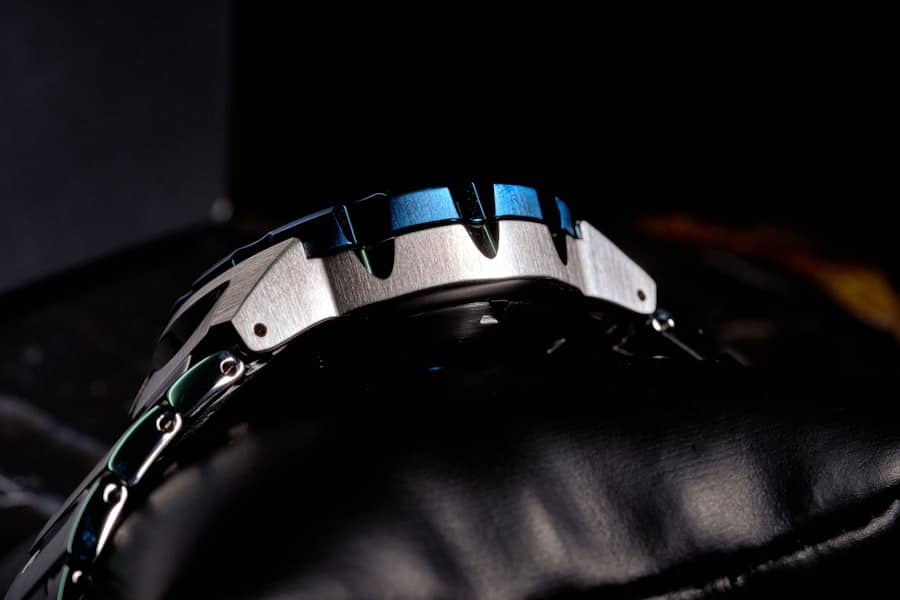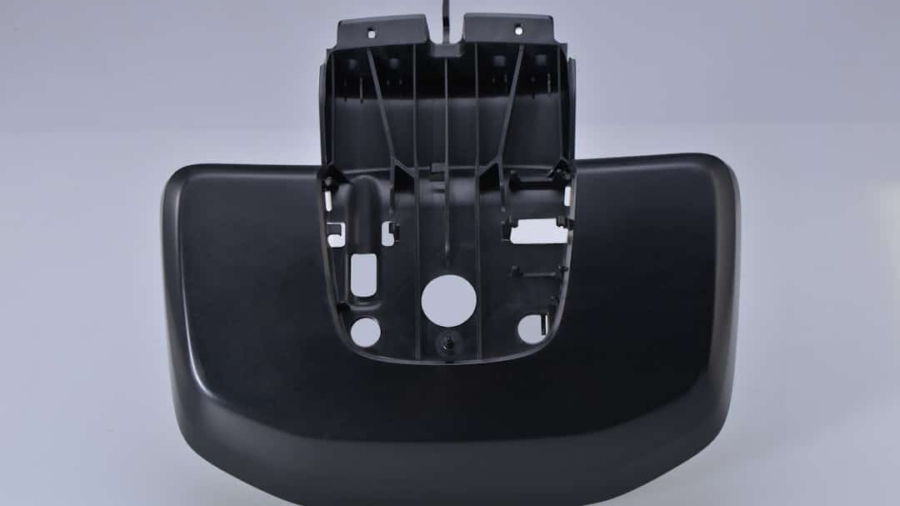Wearable ECG monitors have emerged as a revolutionary tool in the realm of personal health management, particularly for individuals with cardiovascular concerns. These devices, which can be worn on the wrist, chest, or even as patches on the skin, provide continuous monitoring of the heart’s electrical activity. The increasing prevalence of heart disease and the growing emphasis on preventive healthcare have fueled the demand for such technology.
Unlike traditional ECG machines that are typically found in clinical settings, wearable ECG monitors empower users to track their heart health in real-time, offering insights that can lead to timely medical interventions. The rise of wearable technology has been driven by advancements in sensor technology, data analytics, and mobile connectivity.
Wearable ECG monitors not only facilitate early detection of arrhythmias and other cardiac issues but also promote a proactive approach to health management. This shift towards self-monitoring aligns with broader trends in healthcare, where patients are increasingly taking charge of their own health data and decisions.
Key Takeaways
- Wearable ECG monitors are portable devices that can track heart activity and provide real-time data for users.
- These monitors work by using sensors to detect electrical signals from the heart and then transmit the data to a smartphone or other device for analysis.
- While wearable ECG monitors are generally accurate, they may not be as reliable as traditional ECG machines in detecting certain heart conditions.
- Limitations of wearable ECG monitors include potential inaccuracies due to movement and the need for proper placement on the body.
- Factors affecting the accuracy of wearable ECG monitors include skin condition, device placement, and user adherence to usage instructions.
- When compared to traditional ECG machines, wearable ECG monitors offer the advantage of continuous monitoring and convenience for users.
- Recommendations for using wearable ECG monitors include following manufacturer instructions for proper usage and consulting a healthcare professional for interpretation of results.
- Future developments in wearable ECG technology may include improved accuracy, additional features, and integration with other health monitoring devices.
How Wearable ECG Monitors Work
Wearable ECG monitors function by utilizing electrodes that detect electrical signals generated by the heart during each heartbeat. These electrodes are strategically placed on the skin to capture the heart’s electrical activity, which is then converted into digital signals for analysis. Most wearable devices employ a combination of electrocardiography (ECG) and photoplethysmography (PPG) technologies.
While ECG provides detailed information about the heart’s rhythm and electrical conduction, PPG uses light to measure blood volume changes in microvascular tissues, offering additional insights into cardiovascular health. The data collected by these devices is transmitted wirelessly to a smartphone or computer application, where it can be analyzed and visualized. Many wearable ECG monitors come equipped with algorithms that can detect irregularities in heart rhythms, such as atrial fibrillation or tachycardia.
Users can receive real-time alerts if their heart rate exceeds or falls below predefined thresholds, enabling them to seek medical attention when necessary. This immediate feedback loop is a significant advantage over traditional ECGs, which typically require a visit to a healthcare provider for testing and interpretation.
Accuracy of Wearable ECG Monitors

The accuracy of wearable ECG monitors is a critical factor that influences their adoption and effectiveness in clinical practice. Studies have shown that many of these devices can achieve a high degree of accuracy in detecting arrhythmias when compared to standard 12-lead ECGs. For instance, research published in reputable medical journals has indicated that certain wearable devices can identify atrial fibrillation with sensitivity rates exceeding 90%.
This level of accuracy is particularly important for early diagnosis and management of cardiac conditions, as timely intervention can significantly improve patient outcomes. However, it is essential to recognize that while wearable ECG monitors can provide valuable insights into heart health, they are not infallible. Factors such as motion artifacts, poor electrode placement, and skin conditions can affect the quality of the readings.
Additionally, the algorithms used for rhythm detection may not always account for every possible arrhythmia or abnormality. Therefore, while these devices can serve as effective screening tools, they should not replace comprehensive evaluations conducted by healthcare professionals.
Limitations of Wearable ECG Monitors
Despite their advantages, wearable ECG monitors come with inherent limitations that users should be aware of. One significant limitation is the duration of monitoring; many devices are designed for short-term use and may not capture transient arrhythmias that occur infrequently.
This limitation underscores the importance of understanding that while wearables can enhance monitoring capabilities, they may not provide a complete picture of an individual’s cardiac health. Another limitation is related to data interpretation. While many wearable ECG monitors offer user-friendly interfaces and automated alerts, the interpretation of complex data still requires clinical expertise.
Users may misinterpret alerts or fail to recognize the significance of certain readings without proper guidance from healthcare professionals. Furthermore, there is a risk of over-reliance on these devices, leading individuals to neglect regular check-ups or professional evaluations that are crucial for comprehensive cardiac care.
Factors Affecting Accuracy
Several factors can influence the accuracy of readings obtained from wearable ECG monitors. One primary factor is the quality of the electrodes used in these devices. High-quality electrodes ensure better contact with the skin and reduce noise from external sources, leading to more reliable readings.
Conversely, low-quality electrodes may result in poor signal acquisition and increased artifacts, which can compromise the accuracy of the data collected. User behavior also plays a significant role in the accuracy of wearable ECG monitors. Proper placement of the device is essential; if a user does not position the monitor correctly on their body, it may lead to inaccurate readings.
Additionally, factors such as skin temperature, hydration levels, and even body hair can affect electrode performance and signal quality. Users must be educated on how to use these devices effectively to maximize their accuracy and reliability.
Comparison with Traditional ECG Machines

Comprehensive Analysis with Traditional ECG Machines
Traditional ECG machines provide a comprehensive analysis of heart activity through multiple leads placed on various parts of the body. This multi-lead approach allows for detailed visualization of electrical conduction pathways and can identify complex arrhythmias that may not be detectable with single-lead wearable devices.
Convenience and Accessibility with Wearable ECG Monitors
In contrast, wearable ECG monitors offer unparalleled convenience and accessibility. They allow users to monitor their heart health continuously over extended periods without needing to visit a healthcare facility. This ease of use is particularly beneficial for individuals with chronic conditions who require regular monitoring but may find frequent clinic visits burdensome.
Seamless Integration with Mobile Applications
Moreover, wearable devices often integrate seamlessly with mobile applications, enabling users to track their data over time and share it with healthcare providers easily.
Recommendations for Using Wearable ECG Monitors
To maximize the benefits of wearable ECG monitors while minimizing potential drawbacks, users should follow several recommendations. First and foremost, individuals should consult with healthcare professionals before relying solely on these devices for monitoring their heart health. A thorough evaluation by a cardiologist or primary care physician can help determine whether a wearable device is appropriate based on individual health needs and risk factors.
Users should also familiarize themselves with the specific features and limitations of their chosen device. Understanding how to properly wear and maintain the monitor is crucial for obtaining accurate readings. Regular calibration and adherence to manufacturer guidelines can enhance performance and reliability.
Additionally, users should remain vigilant about interpreting alerts; any concerning readings should prompt immediate consultation with a healthcare provider rather than self-diagnosis or treatment.
Future Developments in Wearable ECG Technology
The future of wearable ECG technology holds exciting possibilities as advancements continue to emerge in sensor technology, artificial intelligence (AI), and data analytics. Researchers are exploring new materials and designs that could enhance electrode performance while minimizing discomfort for users. Innovations such as flexible sensors that conform to the skin’s contours may improve signal quality and user experience.
Moreover, AI-driven algorithms are being developed to enhance the accuracy of arrhythmia detection and provide more nuanced insights into heart health trends over time. These algorithms could analyze vast amounts of data from multiple users to identify patterns that may not be apparent through traditional analysis methods. As machine learning techniques evolve, wearable ECG monitors could become even more adept at predicting potential cardiac events before they occur.
In addition to technological advancements, there is a growing emphasis on integrating wearable ECG monitors into broader healthcare ecosystems. This integration could facilitate seamless communication between patients and healthcare providers, allowing for real-time monitoring and personalized treatment plans based on individual data trends. As these devices become more sophisticated and widely adopted, they have the potential to transform how we approach cardiovascular health management in both clinical and personal settings.
If you are interested in wearable technology, you may also want to check out this article on the best tablets for business in 2023 from Enicomp. This article provides valuable insights into the top tablets that can enhance productivity and efficiency in a business setting. It is a great resource for professionals looking to stay ahead in the digital age.
FAQs
What is a wearable ECG monitor?
A wearable ECG monitor is a device that can be worn on the body to continuously monitor the electrical activity of the heart. It is typically used to detect and record abnormal heart rhythms.
How accurate are wearable ECG monitors?
Wearable ECG monitors can provide accurate readings of the heart’s electrical activity when used properly. However, the accuracy can vary depending on the quality of the device and how it is worn and used.
What are the limitations of wearable ECG monitors?
Some limitations of wearable ECG monitors include the potential for false alarms or missed detections of abnormal heart rhythms. Additionally, the accuracy of the readings can be affected by factors such as motion artifacts and poor electrode contact with the skin.
Are wearable ECG monitors suitable for diagnosing heart conditions?
Wearable ECG monitors can be used as a screening tool for detecting abnormal heart rhythms, but they are not typically used as a standalone diagnostic tool. A healthcare professional should interpret the data and make a diagnosis based on the results.
How should wearable ECG monitors be used to ensure accuracy?
To ensure accuracy, wearable ECG monitors should be worn according to the manufacturer’s instructions and positioned correctly on the body. It is also important to regularly check the device for proper functioning and to follow any recommended maintenance procedures.

